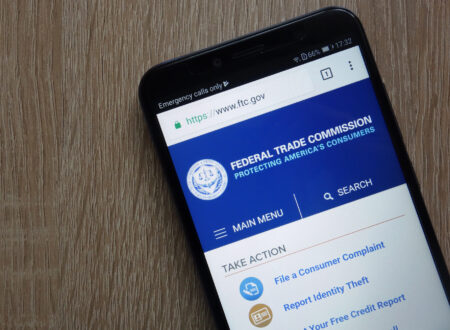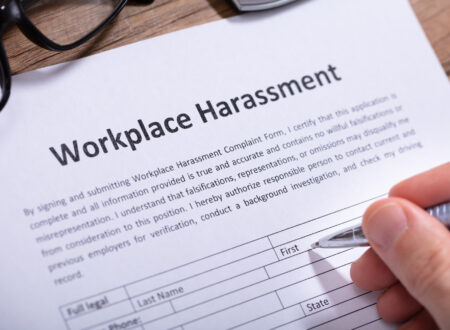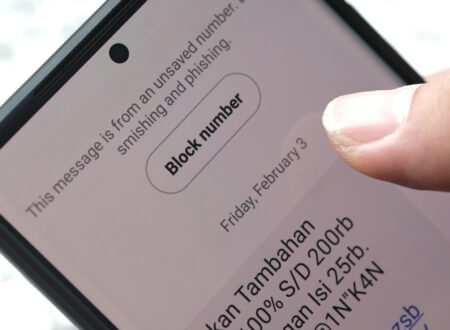As the on-set of COVID-19 continues, as an employer, how are you going to handle your internal procedures if you learn that an employee has tested positive for COVID-19. Employers should act immediately to ensure the safety of the employee’s co-workers and comply with all applicable laws.
Based on guidance from the U.S. Centers for Disease Control and Prevention (CDC) and the Occupational Safety and Health Administration (OSHA), below are five (5) basic steps to take in the aftermath of an employee’s COVID-19 diagnosis.
- Send the employee home to quarantine.
If the employee is at work and does not require urgent care, tell him or her to contact a health care provider and quarantine for at least 10 days. If they do need urgent care then you’ll need to refer to their file to see who their physician is, e.g. a Fort Collins urgent care facility, and follow the correct protocols.
Certain states or localities with high rates of transmission may take a more cautious approach and require a longer quarantine period.
- Vacate (if possible) and clean areas recently used by the employee.
Clean and sanitize workspaces and common areas that were used by the infected employee in the days prior to diagnosis. The CDC has issued guidance for cleaning and disinfecting such areas, including recommendations for cleaning materials.
- Notify potentially exposed co-workers without divulging the employee’s identity.
In consideration of the employee’s privacy, employers should retrace the activities of the infected employee, and notify any co‑workers who might have had contact with that person in the days before the diagnosis.
- Determine when the employee may return, but not by testing alone.
The CDC (as guidance is ongoing) advised employers not to require a negative COVID-19 test before employees return to work, but instead to follow these guidelines:
- Those who never develop symptoms can end isolation 10 days after testing positive.
- Those with moderate to mild symptoms can end isolation after 10 days if at least 24 hours have passed without a fever and other symptoms have improved.
- Those with severe symptoms may need to continue isolation for a full 20 days or longer.
- Record the infection if it is work-related and report it to OSHA if required.
Employers must record all work-related employee COVID-19 cases on their OSHA 300 logs, but determining whether a case is work-related is often challenging. In late May, OSHA clarified that a case should not be considered work-related if there is an alternative explanation for how the employee contracted the virus. For example, California in many cases presumes a COVID-19 case is work-related unless the employer can disprove it.
All employers should have protocols and procedures in order to determine the best practices should an employee test positive for COVID-19.
Author(s)

Stuart J. Oberman, Esq.
Stuart J. Oberman is the founder and President of Oberman Law Firm. Mr. Oberman graduated from Urbana University and received his law degree from John Marshall Law School. Mr. Oberman has been practicing law for over 30 years, and before going into private practice, Mr. Oberman was in-house counsel for a Fortune 500 Company.
Read More =>





